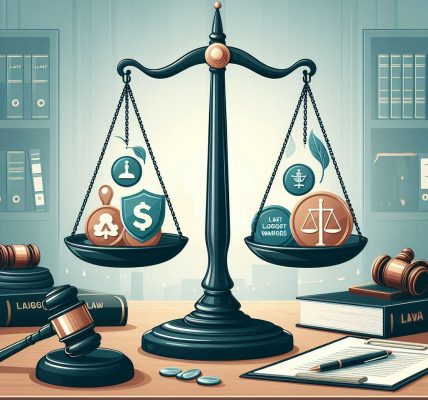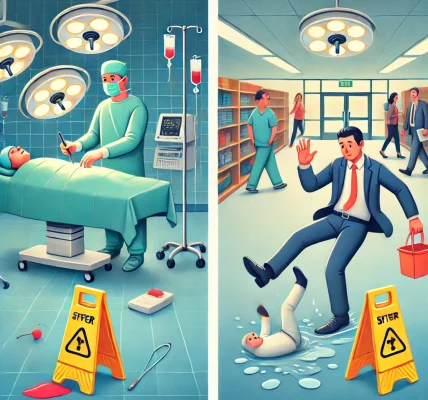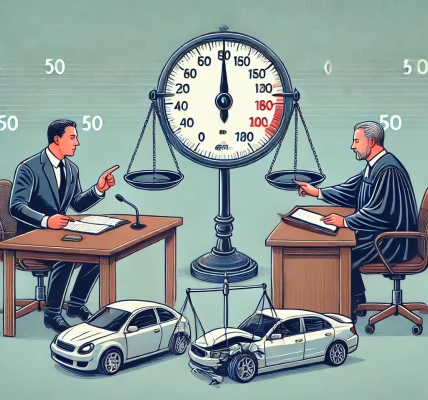When pursuing a personal injury claim, the strength of your case heavily depends on the quality and quantity of evidence you present. Proper documentation can significantly increase your chances of obtaining fair compensation for medical expenses, lost wages, and emotional distress. This article explores the key types of evidence that can strengthen your personal injury case and ensure you get the justice you deserve.
1. Medical Records and Bills
Why It’s Important:
Medical records serve as primary evidence of your injuries and the treatment received. They help establish a direct link between the accident and the harm suffered.
Examples of Medical Evidence:
- Emergency room reports
- Doctor’s notes and diagnoses
- Prescription records
- X-rays, MRIs, and CT scans
- Physical therapy reports
- Medical bills showing treatment costs
How It Strengthens Your Case:
A complete medical history ensures that your claim is backed by professional medical opinion, making it harder for insurance companies to dispute your injuries.
2. Photographic and Video Evidence
Why It’s Important:
Visual evidence provides undeniable proof of the accident scene, injuries, and property damage.
What to Capture:
- The accident scene (before and after cleanup)
- Your visible injuries
- Property damage (vehicles, equipment, clothing, etc.)
- Road or environmental conditions (wet floors, broken stairs, etc.)
- Traffic signals, signs, or hazards that contributed to the accident
How It Strengthens Your Case:
Photos and videos present a clear, unbiased depiction of what happened, making it difficult for opposing parties to deny liability.
3. Witness Testimonies
Why It’s Important:
Witnesses provide third-party validation of your claims, making your case more credible.
Types of Witnesses:
- Bystanders who saw the accident
- Store employees (for slip-and-fall accidents)
- Passengers in your vehicle
- Medical professionals who treated you
- Expert witnesses (accident reconstruction specialists, forensic analysts)
How It Strengthens Your Case:
A witness statement can corroborate your account, preventing insurance companies from dismissing your claim as exaggerated or false.
4. Police Reports and Incident Reports
Why It’s Important:
A police or incident report is an official, unbiased record of the accident.
Key Details in a Police Report:
- Date, time, and location of the incident
- Names and contact details of involved parties
- Officer’s assessment of the accident
- Statements from witnesses
- Sketches or diagrams of the scene
How It Strengthens Your Case:
Law enforcement documentation adds a layer of legitimacy to your claim and can serve as crucial evidence in proving fault.
5. Employment and Income Records
Why It’s Important:
If your injuries caused you to miss work, income records demonstrate the financial losses you suffered.
What to Collect:
- Pay stubs
- Tax returns
- Bank statements
- A letter from your employer confirming missed work
How It Strengthens Your Case:
Showing lost wages proves that your injury has had a real economic impact, making it easier to claim compensation for financial hardship.
6. Expert Testimony
Why It’s Important:
Experts provide professional opinions that support your claims with facts and analysis.
Common Experts Used in Personal Injury Cases:
- Medical Experts: Explain long-term impacts of injuries
- Accident Reconstruction Experts: Recreate how the accident occurred
- Economic Experts: Calculate financial losses due to lost wages or medical expenses
How It Strengthens Your Case:
Expert testimony gives scientific and technical weight to your claims, increasing the likelihood of a favorable outcome.
7. Surveillance Footage and Dashcams
Why It’s Important:
Security and traffic cameras often capture the exact moment of an accident.
Sources of Video Evidence:
- Store surveillance cameras
- Traffic cameras at intersections
- Dashcam footage from your vehicle
- Nearby home security cameras (like Ring doorbells)
How It Strengthens Your Case:
Video footage provides indisputable evidence of fault, making it harder for insurance companies to deny liability.
8. Personal Journals and Pain Diaries
Why It’s Important:
A personal injury journal helps document your recovery process and the emotional impact of your injuries.
What to Include:
- Daily pain levels and symptoms
- Emotional and psychological distress
- Limitations in daily activities (inability to work, drive, or exercise)
- Medication side effects
How It Strengthens Your Case:
A well-documented pain journal demonstrates suffering, helping justify claims for pain and suffering damages.
9. Communication Records
Why It’s Important:
Emails, texts, and letters exchanged with insurance companies and medical professionals help track interactions and agreements.
What to Keep:
- Emails with insurance adjusters
- Text messages regarding medical appointments
- Letters from doctors or employers about your condition
How It Strengthens Your Case:
Written communication prevents misrepresentation of conversations and ensures that agreements are honored.
10. Proof of Property Damage
Why It’s Important:
If your vehicle, clothing, or personal belongings were damaged, keeping evidence supports additional compensation claims.
What to Document:
- Repair bills
- Insurance estimates
- Photographs of damage
- Receipts for replacement items
How It Strengthens Your Case:
Proof of property damage strengthens claims for compensation beyond medical costs, ensuring full recovery of financial losses.
Final Thoughts
Gathering the right evidence is critical to building a strong personal injury case. The more documentation you have, the more difficult it becomes for insurance companies to dispute your claim. If you have suffered an injury due to someone else’s negligence, consult a qualified personal injury lawyer to ensure you collect and present the necessary evidence effectively.
Don’t leave your case to chance—secure the evidence you need and fight for the compensation you deserve!




